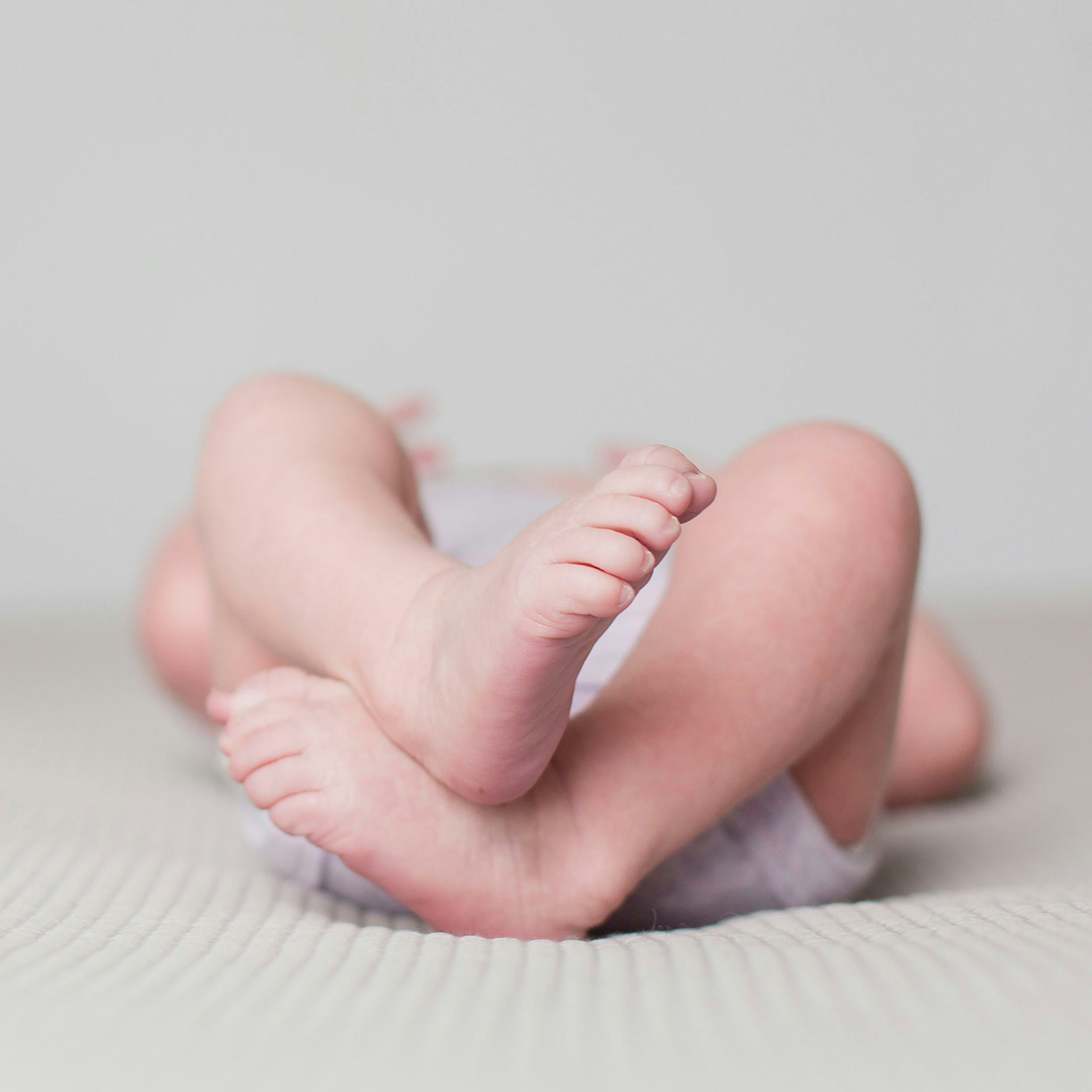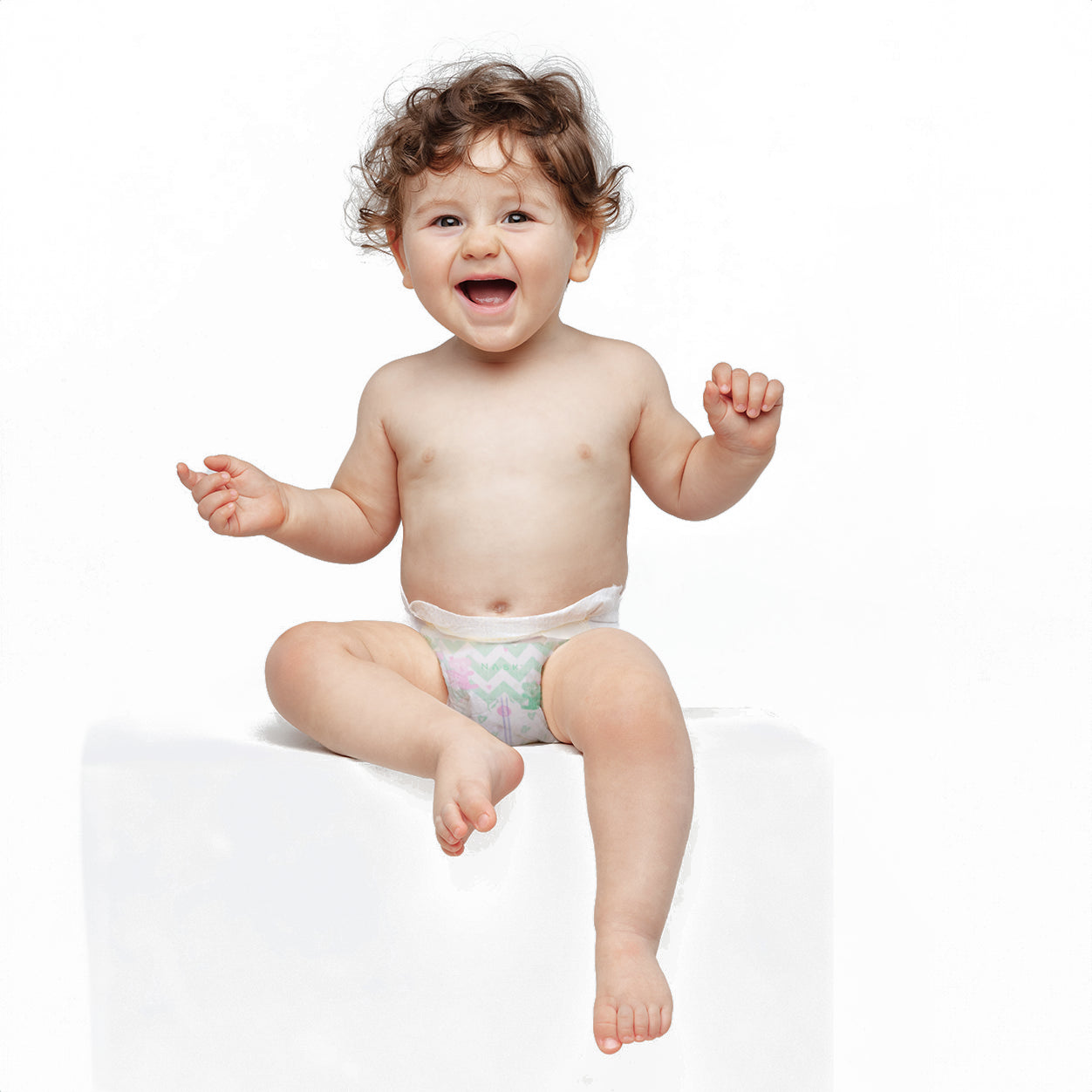
How to Treat Baby Diaper Rash? Except for Diaper Rash Ointments, NASK Diapers are More Effective!
NASK Diapers are More Effective than Diaper Rash Ointment!
Baby diaper rash is a serious problem for many new parents. In fact, as long as you take proper care of your baby, keep it clean, and kill bacteria and fungi, your baby's butt can be restored to health. Don't seek improper medical treatment in a hurry, otherwise your condition will be aggravated!
Learn about the Causes of Diaper Rash
Diaper rash (also known as diaper dermatitis) is a common skin problem for baby, which mainly occurs in the area covered by diapers. Baby's skin is more delicate than that of adults, and the protective barrier is not fully developed, making it more susceptible to irritation and infection. Babies often need to wear diapers. The friction between the diaper and the skin may cause skin damage, leading to diaper rash. If the diaper is not changed in time and the baby's skin is exposed to a humid environment for a long time, the components in the baby's urine and feces will irritate the skin and destroy the fragile natural barrier. The moist environment in the diaper area is prone to the growth of bacteria and fungi (such as E. coli and Candida albicans), which can lead to secondary infections and further aggravate diaper rash.
How to Care for Diaper Rash
Keep Dry : It is very important to keep your baby's butt dry. Every time you change a diaper, clean the bottom with warm water and let it dry naturally. Make sure it is completely dry before putting on a new diaper.
Change diapers frequently: Change diapers immediately after the baby excretes to minimize the time that the diaper is in contact with the skin and reduce the irritation.
Avoid using irritating products : Avoid using wet wipes, baby lotions, etc. that contain fragrance or other irritating elements. Instead, choose products that are mild and non-irritating.
Use diapers with good breathability : Choose diapers with good breathability to reduce humidity in the diaper area and reduce bacterial growth.
Should You Use Diaper Rash Cream? Let’s Rethink It!
Diaper rash cream might seem like a quick fix for a common problem, but parents should exercise caution when using it. The ingredients and application of these creams may do more harm than good to your baby’s delicate skin. Here are several reasons why we discourage the use of diaper rash creams:
1. Preservatives and Chemicals in Diaper Rash Creams
Most diaper rash creams are packed with various chemical components, including preservatives, artificial fragrances, and lubricants. These ingredients, while intended to soothe, may irritate your baby’s delicate skin—especially when their skin barrier is already compromised. Instead of healing, these chemicals could aggravate inflammation and make the rash worse.
Additionally, some creams may contain steroids or antibiotics. Without proper guidance from a healthcare professional, prolonged or improper use of these ingredients can lead to antibiotic resistance or unwanted side effects, posing potential health risks to your baby.
2. The “Trapping Effect” of Diaper Rash Creams
Diaper rash creams often create a thick, occlusive layer on your baby’s skin. While this layer is designed to block moisture and irritants, it also traps heat and prevents the skin from breathing. This “trapping effect” can make your baby’s bottom feel hot and uncomfortable, prolonging the healing process and, in some cases, worsening the rash.
3. Time-Consuming and Troublesome for Parents
Applying diaper rash cream may seem simple, but for busy parents, it can become a tedious and time-consuming task. Each diaper change requires careful cleaning of your baby’s skin, precise application of the cream, and waiting for it to absorb or dry. This process can be especially challenging if your baby is active, squirming, or crying. Over time, this extra step adds more stress to your parenting routine.
4. Prevention is Better than Cure
Instead of relying on creams to treat diaper rash, it’s far more effective to prevent it from occurring in the first place. Studies have shown that the primary causes of diaper rash are prolonged exposure to moisture, urine, and bacteria. Choosing a diaper that offers superior antibacterial protection and keeps the skin dry is much healthier and more effective than applying a cream after the problem arises.
HappynCare recommends NASK nanofiber diapers , the world's first sterilizing diapers. The surface of Nask nanofiber baby diapers has been specially treated. And the patented nanofiber coating can effectively kill 99% of bacteria and reduce the possibility of skin infection. Kick diaper rash away from the root! The material is soft and comfortable and will not cause mechanical irritation to the skin. This helps reduce skin breakdown and the risk of further infection. Capsules in the nanofibers also release herbal essences to soothe skin inflammation. Due to the ultra-fine structure of nanofibers, they are thinner, more absorbent and more breathable than disposable diapers made of wood pulp and plastic!







Leave a comment
This site is protected by hCaptcha and the hCaptcha Privacy Policy and Terms of Service apply.